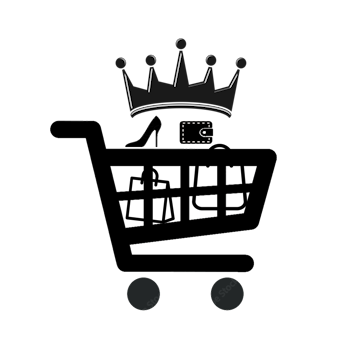 Why should Malaysia SMI and SME with their own brands correctly understand the value of one object one identity?
Why should Malaysia SMI and SME with their own brands correctly understand the value of one object one identity?
Introduction
Traditional Malaysia brand enterprises have gone through the era of product sovereignty and channel sovereignty. With the advent of the online shopping and free-market system, many local brands just start to aware of the problems of consumer sovereignty. What is the customer sovereignty? What is the problem brand owner faced and how one object one identity can help you on this?
Problem
"Customer sovereignty" is a concept that emphasizes the ultimate power and control that consumers have in a market economy. In the past, traditional Malaysian enterprises focused on channel construction and left over the importance of end user contact, resulting in terminal fragmentation and "lost contact" with consumers. Most of them just look at the product total quantity sold or produced. They were unable to directly contact with the consumers and had to rely on media or channel providers deliver one directional message. Obtaining first-hand user data has always been difficult. The end user voice not able to reach their ear directly, many voice is going thru many layers of filter and restructuring.
Simple solution
One object, one identity is a solution of this, this is a low-cost, high-efficiency, and accurate key path to acquire users. We believe: "The closest and most direct communication bridge between consumers and brands is actually the 'commodity' itself, and commodities are the most important means of communication." With good entrance, products can naturally achieve full interaction with consumers.
How the One object One identity concept works?
Through One object one identity, commodities are transformed into touch points that form a relationship with consumers, so that the terminal route can be turned into a direct tunnel, allowing consumers to establish an account system and spontaneously contribute native data without being aware of it, behavioural data, transaction data, scene data and other high-value data. Manufacturer after received this data, they can easily perform correct adjustments to their existing product line and have continuous connections with their customers.
One object one identity let enterprises better understand product trends, give marketing functions to the products themselves, and reduce investment in intermediate links; in this era of mobile phone QRcode scanning, through the information transmission after each code scan, enterprises can save a lot of terminal communication costs. Promotional information can be accurately delivered to consumers every time, and the scanned people connected every time they scan the code are the real consumers.
What more?
One object, one identity collects real consumption data, including users’ core information and portraits. Brands firmly grasp users' first-party data and realize the business essence of "deeply binding users". And it can effectively solve the precipitation and value realization of private domain traffic.
One object, one identity is the entrance for traditional enterprises to interact and market with users and channels. It is the core source of accurate user data assets and the starting point for building a marketing growth system.
Misunderstanding
However, there are still many traditional enterprises that have blind spots in their understanding of One object One identity, such as:
One object one Identify is just scan QRCode and give voucher or promotion.
One object one identity is temporary promotion for the products.
Assume one object one identity is just a software.
This is just a additional software, no important as long as the product can sell.
Summaries
Traditional Malaysian brands grapple with consumer sovereignty issues, having overlooked direct contact. "One object, one identity" offers a cost-effective solution, transforming products into communication bridges. This approach collects valuable user data, enhancing brand-consumer connections, optimizing marketing strategies, and acting as a vital entry point for traditional enterprises to engage with users and channels.
By:
pang
| Date:
11 Mar2024